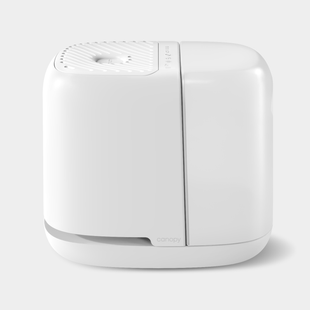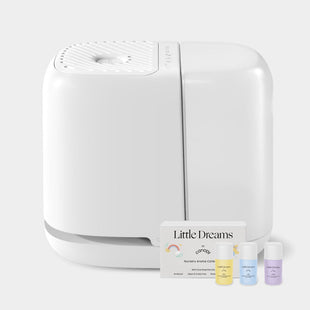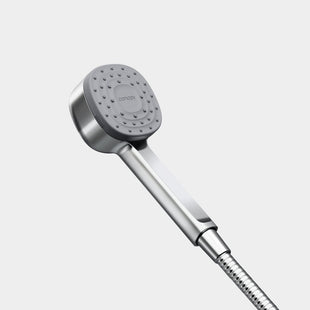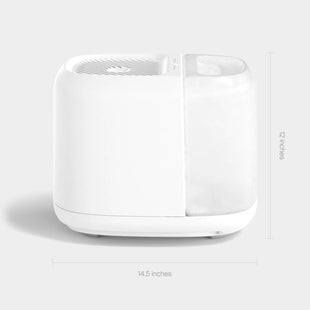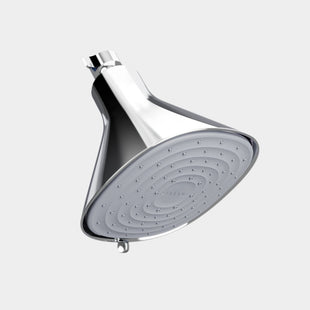While adult skincare is mainstream, with most men and women harboring a shelf full of skincare products, skincare for kids is rarely discussed.
Healthy skin is a result of healthy habits, a balanced diet, and good hygiene. The skincare habits you establish as a child last well into your teenage and adult years, whether consciously or unconsciously. Teaching your child good skincare is an investment in their future that is bound to prove fruitful as they grow into adults and gain full autonomy over their skincare regimen.
The Importance of Maintaining Healthy Skin
Any guesses on what your largest organ is?
That’s right. Your skin is your largest organ and serves a handful of extremely crucial bodily functions. Your skin prevents your internal organs from hanging around all loosey-goosey and protects them from external threats like germs, bacteria, and threats related to touch like pain or extreme temperatures. Your skin also regulates your body temperature, prevents body dehydration, and converts sunlight to vitamin d so your body can better absorb calcium.
Let’s just agree that the skin is a massively important (and somewhat magical) organ that deserves royal treatment. Maintaining healthy skin not only looks good and feels good, but it keeps the rest of your body healthy and disease-free.
5 Tips for Maintaining a Kids Healthy Skin
It is never too early to establish healthy skincare habits. Proper skincare for children is simple, though it may take time and education to stress the importance and create a fruitful foundation.
The following tips are tried-and-true ways to help your child establish healthy skincare habits now and into the future.
Tip #1: SPF First, SPF Always
Regular sun exposure can provide your child’s body with healthy doses of vitamin D that are imperative for bone development. Too much sun exposure, or exposure to sun without the protection offered by broad spectrum sunscreen can cause serious damage, particularly to youthful skin.
Apply a generous amount of SPF to your child’s skin 30 minutes before sun exposure and re-apply every 2 hours or after swimming or sweating.
Tip #2: Less Baths, Better Skin
Did you know that neither you nor your mini need daily baths or showers? Frequent showering, especially hot showers, strip the skin of the essential oils necessary for a healthy skin barrier.
Bathing every other day or even 3 times per week will suffice. If bath time is part of your nightly routine, not a problem! Keep baths warm, not hot, and skip the soap every other day to avoid drying out your child’s skin.
Tip #3: Good Ol’ H20
Water makes up between 53% and 63% of your child’s body and serves as a massive contributor to healthy skin. But, water is not only important for your skin. Sufficient hydration is also important for practically every bodily function and helps guide your child through their mental and physical development well into their teenage years.
According to CHOC data, children should drink the number of 8oz cups of water equal to their age. If your toddler is 3, they should drink 3 8oz cups of water. If your babe is 5, they should drink 5 8oz cups of water, and so on.
Whether you need a fun cup for incentive, or if you need to add a little lemon juice for flavor, sufficient water intake is incredibly important for your child’s skin function.

Tip #4: Diet Matters
You know that old phrase: “You are what you eat”? Why that may not be literally true, what you and your child put in your body will determine the efficiency of your bodily functions and your overall health.
There are plenty of yummy foods that are also great for skin health! Here are a few of the best foods for clear, healthy skin:
- Olive Oil
- Nuts - walnuts, sunflower seeds (great oatmeal toppings!)
- Tomatoes
- Oatmeal
- Kale (blend in a fruit smoothie)
- Almond milk (use in smoothie above)
- Yellow bell pepper
- Kiwi
- Eggs
- Carrots
Whether your kiddo eats these foods on their own, or prefers them blended into a smoothie, there are plenty of ways to incorporate nutritious ingredients into your child’s diet.

Tip #5: Use a Humidifier
Dry skin happens. Rashes happen. Even if you regularly apply sunscreen, keep your little’s baths at a minimum, drink sufficient water, and eat a perfect skincare diet, bouts of dry skin are inevitable.
Home humidity levels are often far lower than the optimal range of 40% to 60%. When humidity levels drop closer to 30% or lower during the fall and winter months, the forced hot air in your home can quite literally suck the moisture right from your skin. The same goes for AC. If your AC is running, your humidifier should be too.
Indoor air quality should be a top priority, regardless of season.
Using a humidifier like Canopy in your child’s room can prevent dehydrated skin by adding moisture to the air. Increased moisture in the air helps the skin to retain water, preventing dry patches or rashes triggered from skin conditions like eczema or psoriasis.

How Can a Humidifier Help a Child?
Year round use of a cool mist humidifier can improve your child’s overall health and comfortability. Dry, dehydrated air can lead to dry skin or scalp, exacerbate cold and flu symptoms, trigger eczema and psoriasis outbreaks, and more.
Placing a humidifier in your little one’s room can provide the following health benefits:
- Rehydrate dry, itchy or irritated skin
- Rehydrate dry, itchy or flaky scalp
- Improve congestion
- Improve breathing
- Reduce irritation from a dry throat or painful cough
- Expedite recovery from the common cold
- Reduce the chances of catching an airborne virus
Dry skin, congestion, and cold symptoms are exceptionally common with young children and babies; their sensitive skin and newly developed immune systems are quite fragile. Using a humidifier to keep home humidity levels within optimal range is guaranteed to help your kid stay healthy, happy, and full of that youthful energy that makes childhood so beautiful.


